Bernard and Jean Haldane
Bernard Haldane is recognised as one of the giants of the strengths philosophy, an approach he was already using in the 1940s. His legacy lives on through his thought leadership, his protégés and the continuing work with Dependable Strengths.
The following pages give a brief overview of Bernard’s approach, which was enriched and supported by his wife, Jean. You can discover more at the definitive site regarding his work:
http://www.dependablestrengths.org
Philosophy and Background
Bernard was born in 1911, grew up in England and trained to be a doctor. He moved to New York in 1946, but found that his medical qualifications did not meet US standards. Choosing to go another route, he became an editor at the New York Journal of Commerce.
While the job market was being flooded by veterans returning from the war, it became apparent that organisations did not know how to employ people’s talents. Veterans were used to war jobs, many of which did not exist in the labour market.
Fascinated by the field, Bernard did three things to help veterans:
He asked them to recall their best achievements and, in the process, clarified what they enjoyed doing and what they did well;
He clarified their individual strengths and transferable skills that would be useful to an organisation;
He helped people to market and present their offering in a way that showed the benefits to a potential employer.
Bernard’s inside-out out approach was extremely radical for the time. Most people who assisted job seekers adopted an outside-in approach. Beginning from the job box, they tried to fit people into this definition.
Richard Knowdell, a highly respected figure in career development and a friend of Haldane, said that:
“Bernard believed that he could reveal ‘the excellence in each person’ by analysing the skills that individuals had used in performing past accomplishments.”
People then needed help in marketing their strengths and conducting interviews. Bernard was highly skilled at helping individuals, but this approach was highly labour intensive.
Richard Knowdell explains how Haldane tackled this challenge.
He asked the job seeker to enlist a small group of friends. The individual would relate past accomplishments and the group members would record the skills on a skills analysis checklist.
He trained interested people to practice this approach with job seekers. Many went on to develop Bernard’s ideas. (See Richard Knowdell’s example of ‘sort cards’ in the next section.)
He continued to expand his network of career counsellors. The demand became so great that he set-up Bernard Haldane Associates (BHA) in New York and Washington.
Bernard published Career Satisfaction and Success in 1974. Eight years earlier he had married Jean, who added her skills to enriching the strengths approach.
BHA grew in size, spread across America and he sold the company in the 70s. With it he sold the rights to use the name and the methodology to work with people in the commercial sector.
The company bore his name, but he had no connection to it. Bernard and Jean then focused on the not-for-profit sector, continuing to do superb work into the 21st Century.
Principles
Bernard developed many of the ideas that are now common practice in personal and professional development. Here are some of those principles.
People can explore their strengths
by recalling their good experiences
Peter Drucker called Bernard a ‘pathfinder in finding human strength and making it productive.’
Jean Haldane said that Bernard’s methods stayed the same throughout his life, even though he refined the methodology. He would ‘help people look at their experiences’ and find ‘things you feel you do well, enjoy doing and are proud of.’
This approach was developed by many of his protégés. Richard Knowdell, for example, created a ‘card sort’ where people created a matrix that revealed their motivated skills. These were activities that:
a) They loved doing.
b) They did brilliantly.
He writes: “One of the major insights that I received from Bernard’s work on skill identification was that there were two dimensions of skills – competency (how good we are at the skill) … and motivation (how motivated we are to use the skill).
“The skills in the upper left of the matrix are ‘Motivated Skills’ that the client loves using and is highly proficient in using.
“These are skills the client would like to use even if she is not paid to do so. It is this concept and category of ‘Motivated Skills’ that is based upon the ideas and writings of Bernard Haldane.”
People can clarify their dependable strengths and transferable
skills by exploring these good experiences with other people
The Center for Dependable Strengths is an organisation that applies Bernard’s approach. The Center’s mission is:
“to enhance individual potential through use of the Dependable Strengths Articulation Process with the widest variety of people and organizations – resulting in increased employability, self-esteem, teamwork, productivity, motivation, and greater career and life satisfaction.”
People often work in groups to make this happen. Here is an introduction to how it works in practice.
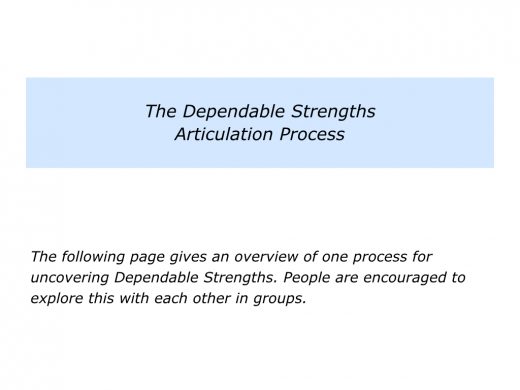
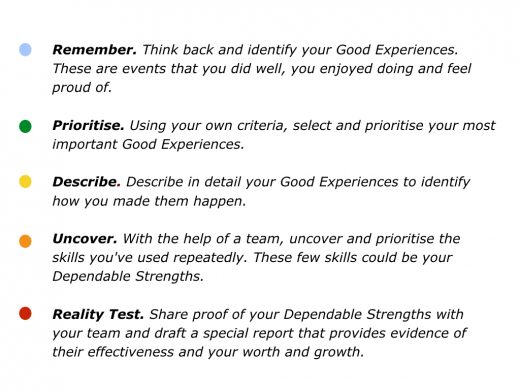
People can be proactive and develop their skills
for finding roles in which they can use their strengths
Bernard did more than help people to find their strengths – he encouraged them to go out and find their perfect role. He also helped them to do what would now be called networking.
In an article titled Bernard Haldane Was Ahead Of His Time, Jerald Forster starts by giving some overall background, before explaining the ‘job magnet’ approach:
“In his 1960 book, How to Make a Habit of Success, Bernard Haldane made the case for focusing on successes rather than mistakes … He then described a series of activities wherein the person ‘mines the gold’ in his key achievements, searching for success factors.
“As early as 1962, Bernard wrote: ‘Seventy percent of all beginning jobs today are obtained through personal contacts with an employer or through friends.’”
One method Bernard taught was initially called the Job Magnet. This approach is quite common today, but then it was revolutionary.
The person wrote letters outlining how their strengths might benefit a potential employer. They then sent the letters to specific business leaders.
Contrary to the prevailing approach, they did not ask for a job. The person asked leaders to consider where such talents might benefit an organisation.
If appropriate, leaders were asked if they might consider sending on the letter to other contacts. The letters acted like magnets and attracted potential employers.
Bernard also provided many other tools that people could use to widen their networks, perform well during interviews and find satisfying work.
Practice
So what have been the effects of Bernard’s work? Perhaps one of his greatest legacies has been the number of people who have followed the trail he blazed.
Virtually all the grandees in the field of Career Development acknowledge the debt they owe to Bernard. Jerald Forster writes:
“Bernard Haldane deserves the title of ‘pioneer’ in the optimization of behavior and the application of positive psychology.
“Bernard started to articulate methods of optimization in the 1950s and he continued to develop these methods into the 1990s.
“However, it was not until the 1990s that the theories and rationales for positive psychology and optimization through wellness became key concepts in the literatures of psychology and counselling.”
Jerald Forster says: “While the first part of Bernard’s career was almost totally focused on the goal of facilitating job and career satisfaction, the latter part had a broader focus on what might be called life satisfaction.”
Summarising Bernard’s later work, The Center for Dependable Strengths says:
“Through a culmination of experiences, and with the assistance of his wife, Dr. Jean Haldane, Dr. Haldane evolved the idea of marketing one’s strengths and potential in everyday life with a focus on helping children and the poor build their self-esteem.
“This idea was the seed that blossomed into the Dependable Strengths Articulation Process, a process that has since spread worldwide.”
Peter Drucker, the renowned management writer, wrote the following in the Foreword to Career Satisfaction and Success.
“Bernie Haldane has, for twenty-five years or more, pioneered in finding human strength and in making it productive.
“Long before it became fashionable, Mr. Haldane realised that placing people is the most important help one can give them, whether they work in an organisation or for themselves.
“And understanding what one is good for and what one therefore should try to strengthen and develop is the key to self-development.
“But, from the beginning, Bernie Haldane has gone beyond philosophy, has been the practical guide, the helping hand, the pathfinder.
“This book distills his experience, his achievements, his knowledge and his wisdom. It is more than a ‘guide to the perplexed’ – it is a guide to achievement and self-fulfillment, especially in the modern organisation.”
You can find more information at:


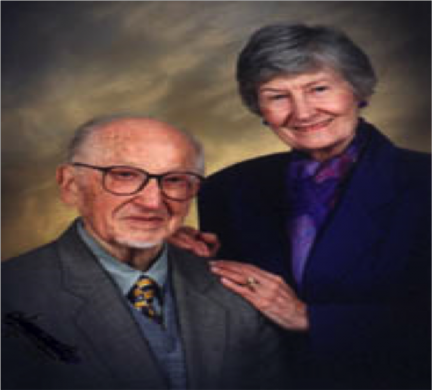
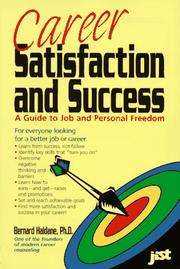
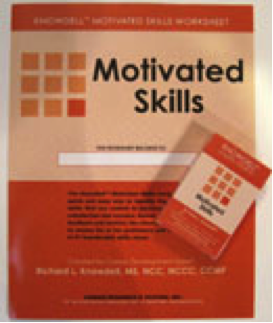
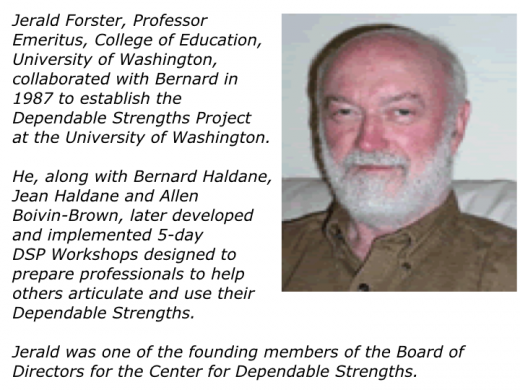
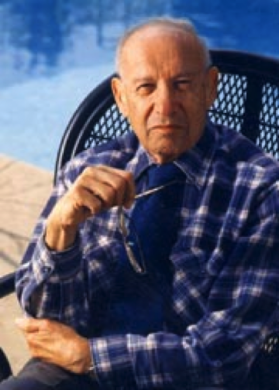
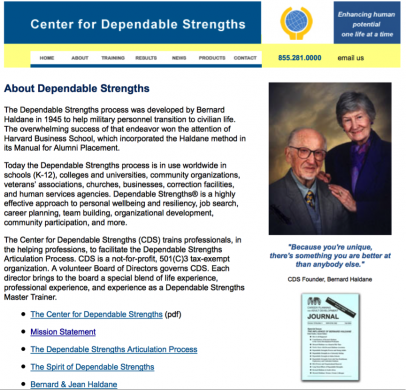




Thanks. Great to find out about this pioneer. Sad that his name has been called into question by those who purchased his business.
My name is Orlando Huaman. I had the honor and privilege of knowing Dr Haldane in 1973. I took his Seminar at Washington D.C.. Thanks to his teaching I could find out my dream job. But it took me 11 years of trial and error until I found him. All great men have/had detractors. Jesus and Einstein for example. I am a firm believer in his method; now retired still practice my dream job.
Please acknowledge this piece, to show my friends and nobelievers.
His course, taken in Tampa in 1978, gave me the courage to move 3500 miles and start over in Seattle. The rest is (great) history. I am grateful to him.
In 1971 I felt trapped in work I was coming to hate when I lucked into a workshop given by Bernard Haldane himself. His Motivated Skills process was a life-changer – I wasn’t limited by my hard-earned BSEE & computer experience but had other skills so inherent to me I didn’t see them as skills! Having the others in the workshop point them out helped build my confidence. Bernard’s suggestion to seek advice and referrals brought me a job in a field I didn’t even know existed. Bernard’s advice to send a thank you that confirmed details of the job offer helped me later negotiate a raise. At his & Jean’s going away party in DC, he was asked if the job he was going to was the one he wanted. He twinkled “Not yet”. WE all laughed. He taught me how to take charge of my career path and to negotiate around the prevalent attitudes about women in the business world. Yea Bernard! I miss you.